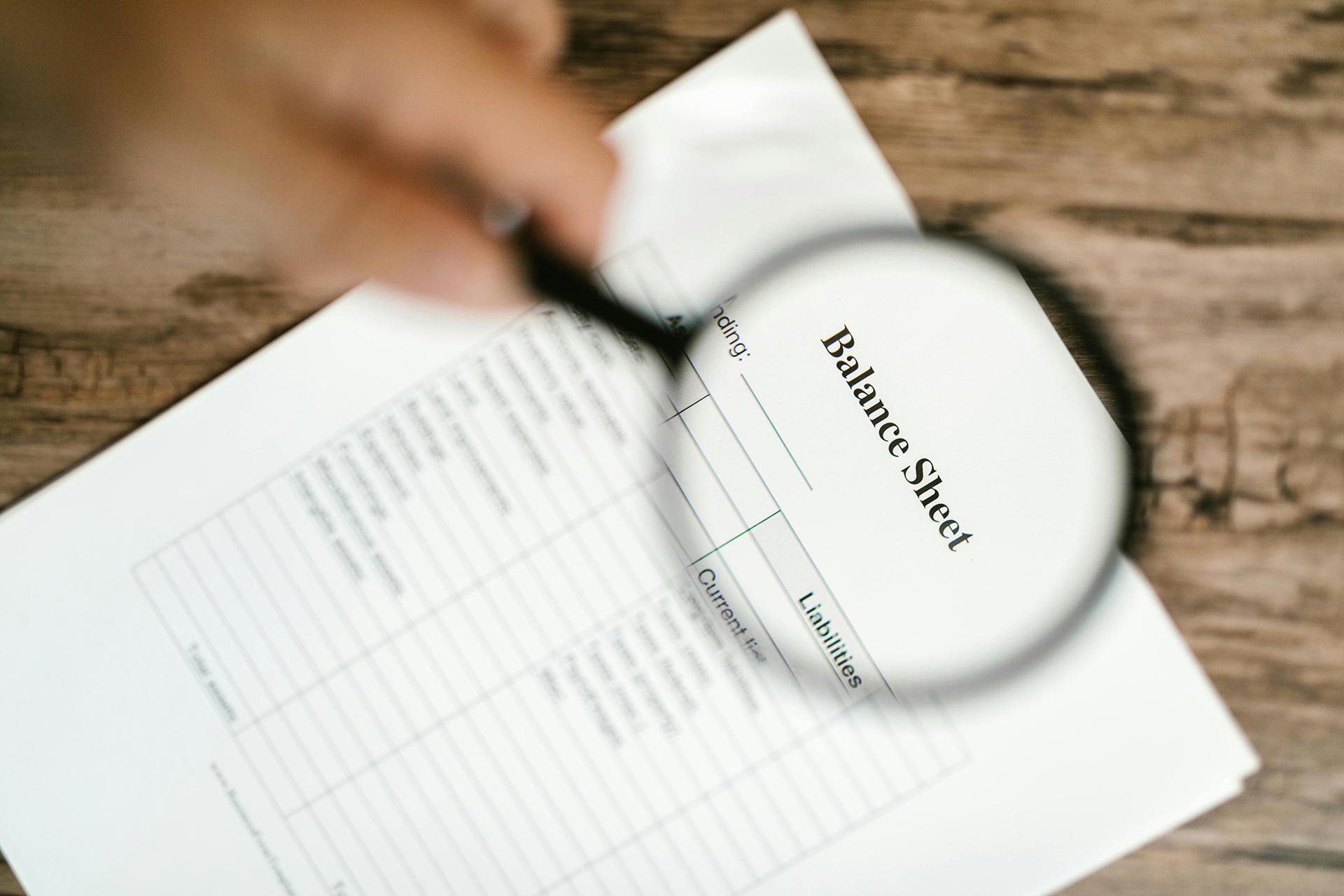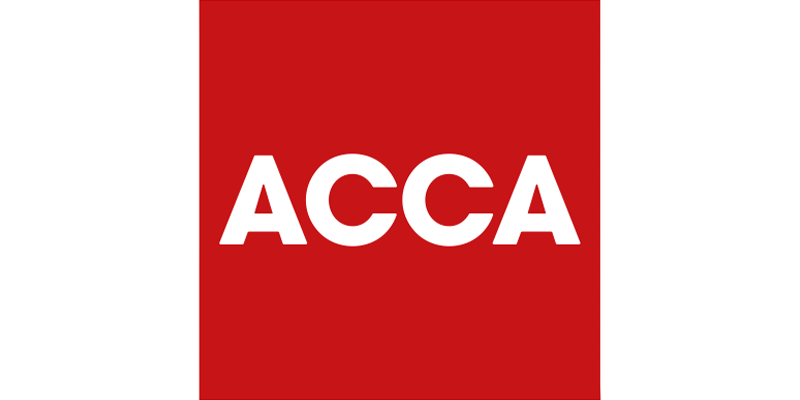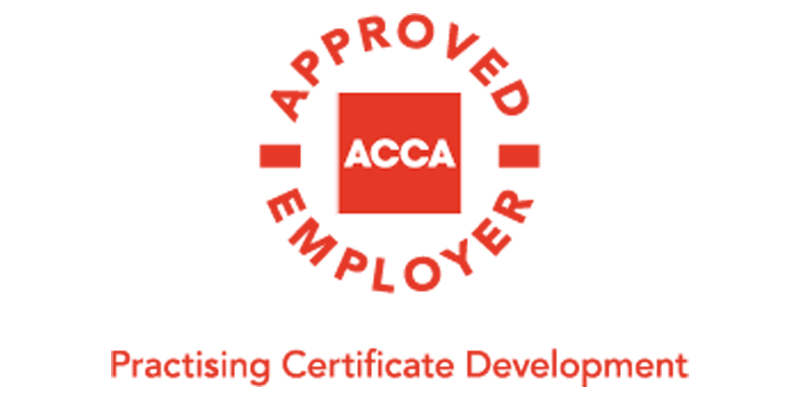Last month I looked at terms commonly used in Profit and Loss statements. The other major financial statement and the one that baffles many people is the Balance Sheet.
Balance Sheet Where the profit and loss statement details income and expenditure for a period, the balance sheet reflects the overall financial health of the business at a specific date. The balance sheet shows the value of what a business owns, the assets, and the value of what a business owes to others, the liabilities.
Fixed Assets These are items of equipment and machinery, vehicles, land and buildings that are owned and used by a business over more than one year. The cost of fixed assets are written off over time by means of depreciation.
Current Assets These are defined as items which a business owns, and which can readily be converted into cash. Current assets include cash – both in the bank and in the petty cash tin, stock and debtors.
Stock and Work in Progress Stock is goods that have been purchased for resale or the raw materials that will make items for sale. Work in progress is the value of work that has been done on a job, which has not yet been invoiced
Trade Debtors This is the value of sales made and invoices issued to customers but not yet paid.
Other debtors Money owed to the business by people other than trade customers.
Current Liabilities This is money the business owes to others that is due to be paid in a year and includes money owed to suppliers (known as trade creditors) for goods purchased, money owed for VAT, employment taxes and Corporation Tax, bank loans and Hire Purchase agreements.
Long Term Liabilities Generally include loans that are due to be paid back longer than one year.
Balance sheets can be confusing, but they are a vital indicator of whether your business could be in financial difficulties and should not be ignored. If you don’t understand the terms used or where the figures come from ask for an explanation from your accountant.
Carol Draper FCCA
Clifton-Crick Sharp & Co Ltd





